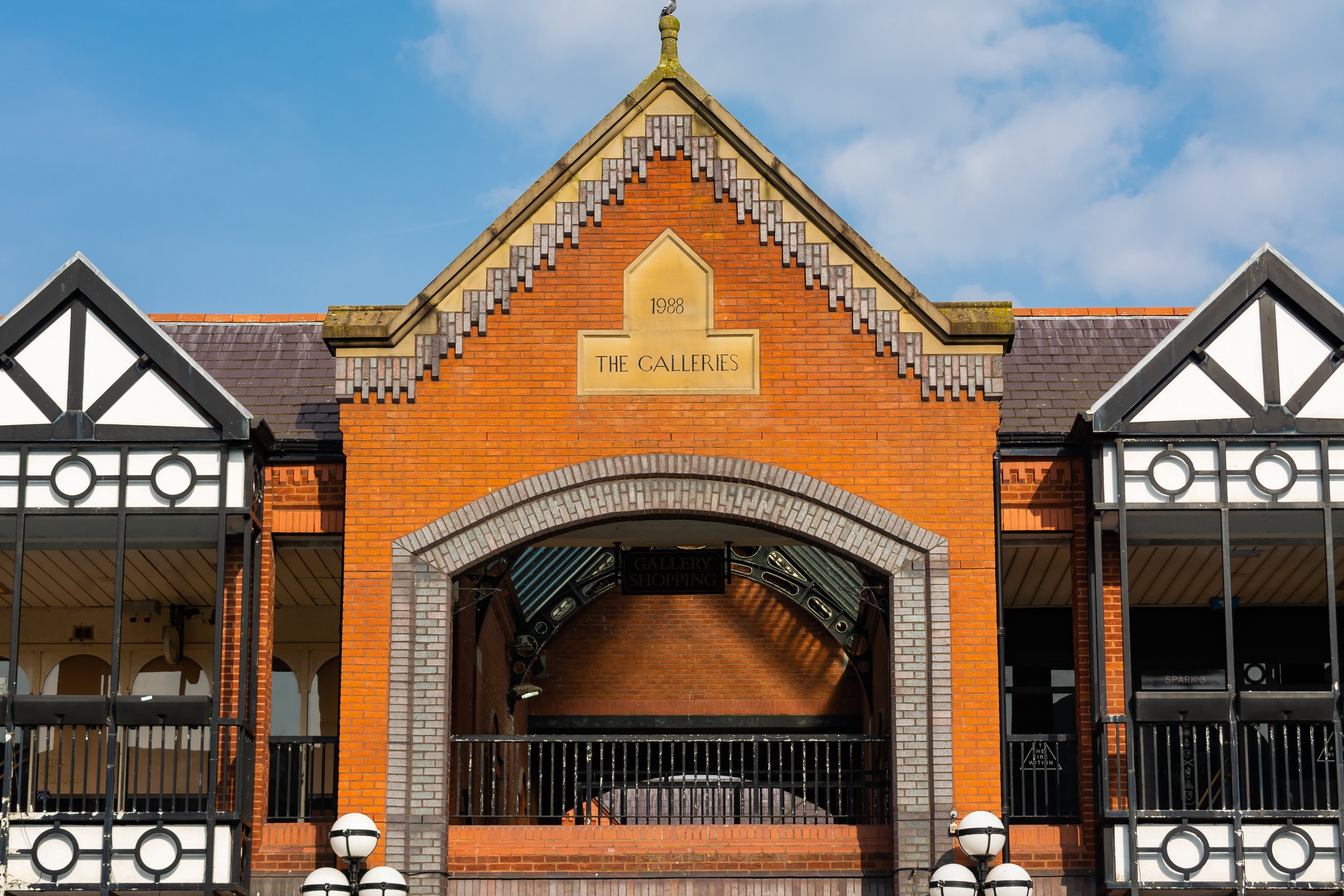More Than the Sum of its Parts: Lessons to Learn from a Region That Works
Greater Manchester is a city region that punches above its weight. But while the headlines might focus on the success of the regional city centre, the full story is more interesting: 10 boroughs with distinct identities, working together to drive shared ambition.
We’re embarking on a series of reflections on all 10 Greater Manchester local authorities and taking time to consider what’s around the corner for each. Undoubtedly, Greater Manchester is the lifeblood of Euan Kellie Property Solutions, and we feel embedded in its story. We revere its history and collective outlook, and its legacy inspires us every day.
As more regions across England move towards deeper devolution it’s time to look more closely at how Greater Manchester has made its model work.
So what’s its secret?
Collaboration Rather Than Centralisation
The GMCA was established in 2011 to formalise and scale up collaboration, particularly on things that don’t fit neatly within borough boundaries (like jobs, transport, housing and skills). Its mission is to make Greater Manchester:
“A greener, fairer, more prosperous city-region.”
Collaboration hasn’t all been rosy, of course.
Outlying boroughs needed reassurance that decisions wouldn’t be dominated by a “Manchester-first” logic. But the GMCA’s voluntary, collaborative model, with members from each local authority on the board, ensured that not only did boroughs retain autonomy over the day-to-day running of their “patch”, but they all had an equal say in the strategic decisions too.
This is in contrast to the approach taken in Leeds where a centralised unitary model was adopted: smaller towns like Pudsey, Morley and Horsforth were forcibly absorbed into a larger administrative boundary taking away decision making powers at the local level.
A Willingness to Try New Things
The first combined authority, the first to get a metro mayor and the first to take on devolved responsibility for health and social care, Greater Manchester has shown willingness to pilot new ways of working – with all the messiness that entails – and it’s what’s kept the region ahead of the curve.
Indeed, as central government rolls out deeper devolution in England, it advises that Mayoral Strategic Authorities will be able to request further powers, to drive innovation. It’s a recognised ingredient for a combined authority’s success.
With 10 councils and multiple public bodies in play, Greater Manchester has had to build systems of cooperation and shared decision-making that work in the real world.
Visible Leadership, Consistent Vision
The creation of the GMCA followed years of collaboration between all 10 authorities through the Association of Greater Manchester Authorities (since 1986). These authorities have a long history of working together, and it shows.
From the early days under Sir Howard Bernstein through to the present-day metro mayoral leadership of Andy Burnham, Greater Manchester has benefitted from a rare thing in UK politics: consistency.
While the leadership has changed, the direction of travel has stayed remarkably steady. And that clarity of purpose has helped attract serious investment – from developers, global businesses and central government.
It’s no coincidence the region hosted the Commonwealth Games in 2002 (a carefully planned Olympic bid in 1996 laid the groundwork for that), secured one of England’s first Investment Zones, and is now home to Factory International – a world-class cultural venue with regional impact. These are not just wins for Manchester city centre, they’re wins for the whole region, made possible by coordinated bids and a credible, compelling voice at the table.
Greater Manchester knows how to tell its story. It’s done a good job of that when liaising with Whitehall – no matter which political party is in power –and it’s pretty good at showing the world what the region can do, too.
Despite this strong foundation, Stockport’s withdrawal from the Greater Manchester Spatial Framework shows just how hard it can be to forge a consistent vision for many diverse places. It’s a cautionary tale for regions embarking on the road to devolution.
Regeneration With Clout
Collaboration, innovation and strong leadership turns ambition into action.
Everywhere you turn, there is proof of this. From Stockport’s £1bn regeneration proposals, anchored by Stockport Interchange, to Salford’s visionary Quays (both way back in 1985 and today, with its recently published 2030 vision), Rochdale Riverside and Wigan’s Galleries redevelopment, there’s proof on the ground that Greater Manchester’s approach to regeneration is working.
Wigan Galleries is the council’s flagship town centre regeneration project.
These aren’t vanity projects. They’re part of a deliberate, long-term push to deliver more homes, better jobs, stronger places – and to do so in a way that takes a local approach and reflects local needs.
Lessons for Other Combined Authorities
With devolution now rolling out across more of England, Greater Manchester offers a case study in what’s possible when local authorities buy into a shared vision.
It’s not about creating one mega council. It’s about respecting local nuance and acknowledging that some local priorities might differ, while moving in the same direction.
Wigan’s grassroots approach to community-first place shaping, Stockport’s transport-led transformation and Rochdale’s town centre regeneration aren’t carbon copies. They’re tailored solutions to local challenges, enabled by a system that encourages collaboration rather than competition.
It’s not easy. Stockport’s withdrawal from GMSF and Oldham’s recent moves to follow suit (though rejected by Whitehall) tells us so.
But step back and you can see that, in the long term, the progress can’t be described as anything other than positive.
Greater Manchester has achieved collaboration and progress without erasing character. Working together doesn’t mean thinking the same thing.
Greater Manchester’s strength is not in its scale or strut. It’s found in the balance. Between borough and region, history and future, individual identity and unity. It’s also in understanding that what’s good for Greater Manchester can also be good for each of the boroughs. That’s the real secret ingredient, and one that other regions would do well to learn from.







